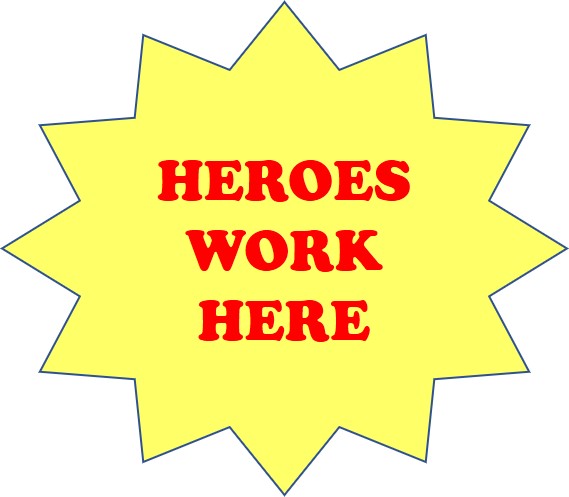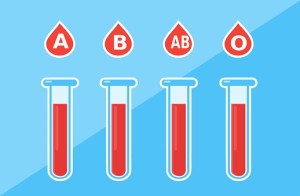“Kids are fearless.” So says one of my friends, who apparently remembers childhood a lot differently than I do.
I doubt very much that human infants are born to be fearless. If we were, predators with sharper teeth and claws than ours would have hunted humanity into extinction long before we evolved survival skills like using fire, writing, or inventing the internet.
There are certainly times when kids seem to be fearless. You know what I’m talking about if you’ve ever grabbed a climbing one-year-old off of the kitchen counter, watched a toddler launch gleefully off the side into the swimming pool, or seen a novice six-year-old skier who has no clue how to stop go zooming straight down the middle of the slope.
Or if you’ve ever attended an elementary school music program—something I missed during the pandemic and have been delighted to do again this school year. So far, I’ve seen two Christmas programs and a talent show.
Where I saw a lot of brave behavior. Like the dozen or so young piano players who, one by one, walked out in front of the audience bleachers to play their solos. Some had their pieces memorized, some had music. Some were quite skilled, some were one-finger-at-a-time beginners. Most of them perched on the edge of the bench with their feet dangling because their legs weren’t long enough to reach the floor.
There were kids who recited their own poetry. A tiny first-grader who stood up straight behind a microphone and sang an acapella solo. Rope-jumpers and dancers who skipped and spun and whirled, missed steps, faltered for only a second, and started again with big smiles. Two gymnasts, brothers in kindergarten and third grade, did an amazing routine, flipping frontward and backward and sideways all over a surface of gym mats overlaid with—I kid you not—couch cushions.
All of this might have looked like fearlessness. But from the second row, I was close enough to see it for what it was. I could see the determined little shoulders, the fidgety feet, the nervous eyes—and the huge sighs of relief when they were finished and took their bows. I didn’t see fearlessness. I saw courage.
Courage with something behind it, something that became clear as I watched the final piano soloist. She walked to the piano, had a brief whispered conversation with the music teacher, sat down on the bench, paused, played a few notes, and stopped. She sat and thought, played the same notes again, looked at the teacher, shook her head, and stood up.
At which point the music teacher told us what was going on. This little girl had forgotten her music book. She thought maybe she could play the song from memory. In front of the audience, she sat down and gave it a try. She couldn’t remember it. The applause was tremendous; we were clapping for her courage.
Courage that was supported by the music teacher, that woman behind the piano. She was there for every small performer: Sitting on her chair just where they could see her. Jumping up if she needed to move the bench or hold a music book or turn a page. Smiling with pride as each student walked to the piano. Leading the applause when they were done. En-couraging every child in the most literal and powerful sense of the word.
Which, as parents or grandparents or teachers or plain old random adults, is something for all of us to do.
If kids were really fearless, childhood would be a whole lot easier. Life for a child is mostly a matter of being shoved into one situation after another that you’ve never experienced before. You have no control. You have no idea what to expect. You don’t know the people, the surroundings, the rules, or the necessary skills.
If you think about it, that actually describes a lot of life for adults, too. But let’s not tell that to the kids; they have enough to deal with. Being a child already takes all the courage they can muster.
Courage that needs to be fostered by us, the grownups. Because every toddler who leaps fearlessly into the swimming pool does so knowing mom or dad is there to catch them. The flipping gymnast brothers almost certainly have parents with a high tolerance for jumping off the furniture and wearing out the couch cushions. Every child athlete, musician, or other performer does what they do with the support of parents, teachers, and coaches. Every bullied or abused child who speaks up can only do so if an adult will listen and believe them.
Kids are not fearless. What kids are—with a little help from us—is brave.








